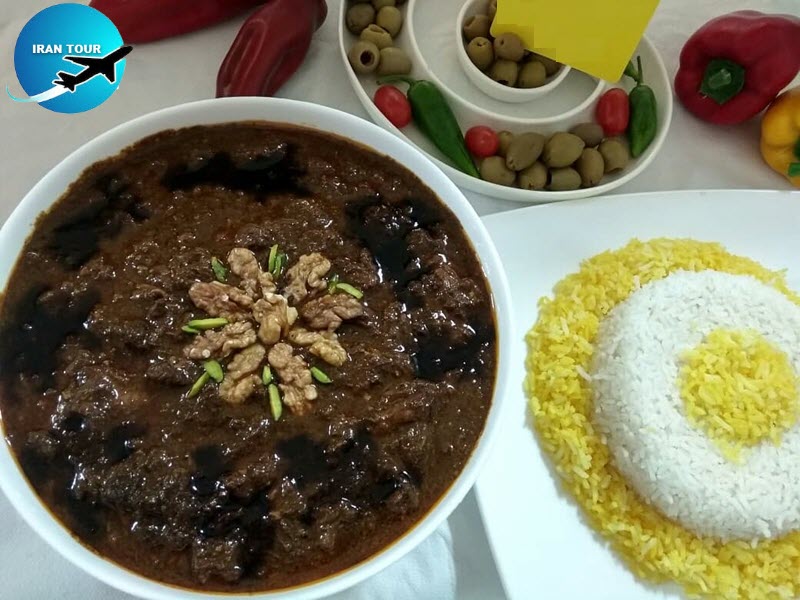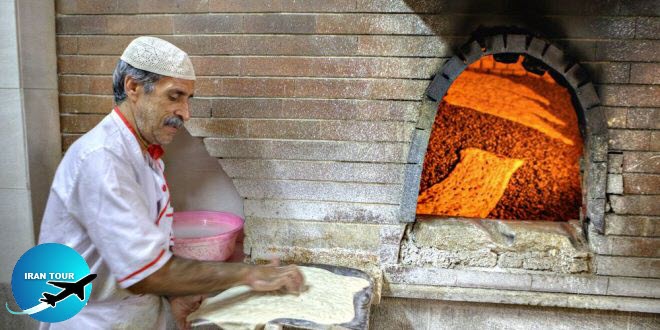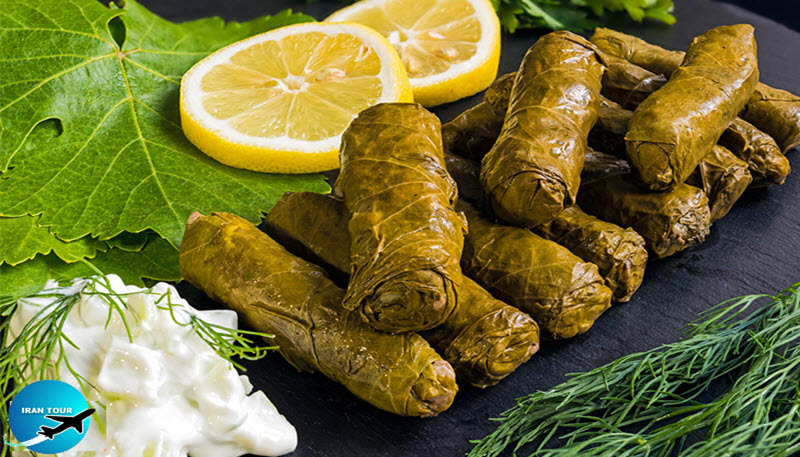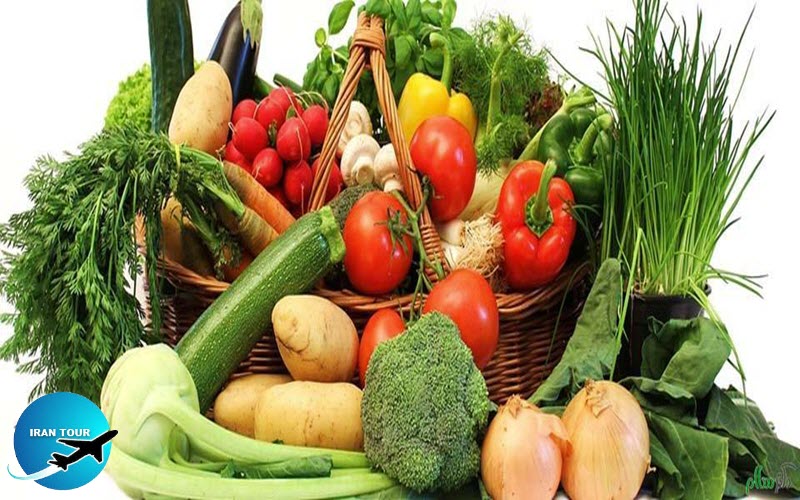Copyright 2020 - 2021 irantour.tours all right reserved
Designed by Behsazanhost
Why do Iranian foods taste fascinate everyone?
Why do Iranian foods taste fascinate everyone?
The masterpiece of Iranian taste in your dish
Persian cuisine weaves together a myriad of delicate spices and elegant flavors gathered from Iran’s position at the heart of the old Silk Road. Those unfamiliar with the food often come to the Sofreh (the patterned tablecloth on which dishes are served) expecting spicy, fiery flavors, perhaps more befitting the country’s climate and politics, and are often surprised to find that the cuisine is gentle and soothing – a poetic balance of subtle flavors such as dried limes, saffron, and orange blossom.
 |
Slow-cooked stews known as Khoresht and elaborate rice dishes layered with herbs, vegetables, legumes, meat, nuts, and fruit are the bedrocks of Persian cuisine, creating a dazzling mosaic of scents, textures, and colors at the dining Sofreh. There are innumerable different types of Khoresht, with regional and seasonal specialties, but each will be sure to have a sour and sweet balance – Iran’s most dominant taste.
Outside the home, kebabs are king and on every street corner, you will find succulent cuts of meat or fish, often marinated with yogurt and spices, threaded onto skewers, and barbecued over hot coals. Kebabs are served sprinkled with sumac (a tart red spice made from the dried berries of the sumac bush) and are either piled high on white rice or tucked into large flatbreads and are always accompanied by some grilled tomatoes, fresh herbs, and crunchy pickles.
Iranian cuisine, An attraction that has to be eaten! |
 |
Iranians adore fresh fruit, which accompanies breakfast, lunch, and dinner, and those in-between times when you might want to take a break from eating. The moment you walk into an Iranian’s house you will be presented with tea, sweets, and a large platter of assorted fruit, and failure to eat at least three different varieties risk causing serious offense to your host. The country’s fertile soil and diverse climate nurture peaches, apricots, grapes, persimmons, melons, kiwis, figs, cherries, quinces, and, of course, the mighty pomegranate – Iran’s national fruit, shrouded in mythology and celebrated through the ages in Persian art and poetry.
 |
Using fruit to flavor savory dishes is another defining feature of Persian food. Pomegranates, plums, greengages, sour cherries, and apricots are salted, dried, and pounded into flat fruit leathers or cooked down into pastes or molasses to be added to savory dishes such as Khoresht and soups. When no one is looking, I’ve been known to sneak a teaspoon of homemade pomegranate molasses from my grandmother’s fridge, relishing its pucker-your-lips sharpness. Lemon juice, pomegranate molasses, and verjuice are all used to sharpen dishes, along with the bitter and piquant juice of Seville oranges (narenj).
 |
Iran is a vast country and the regional differences are striking, not only in culture, language, and climate but also in the cuisine. Depending on which part of the country you are in, the dishes that are found on the Sofreh will vary. Meatballs stuffed with prunes and walnuts might feature in the Turkish-influenced northeast of the country. Garlicky aubergine dips might appear by the Caspian Sea. Sweet rice dishes, layered with fruit and nuts, abound in central Iran; with perhaps some spicy fried squid in the south. In each region, the Sofreh celebrates the best local and seasonal produce, in dishes that have been perfected over centuries to suit the local climate – but there are also some nationwide commonalities.
- Details
- Category: IRAN Blog